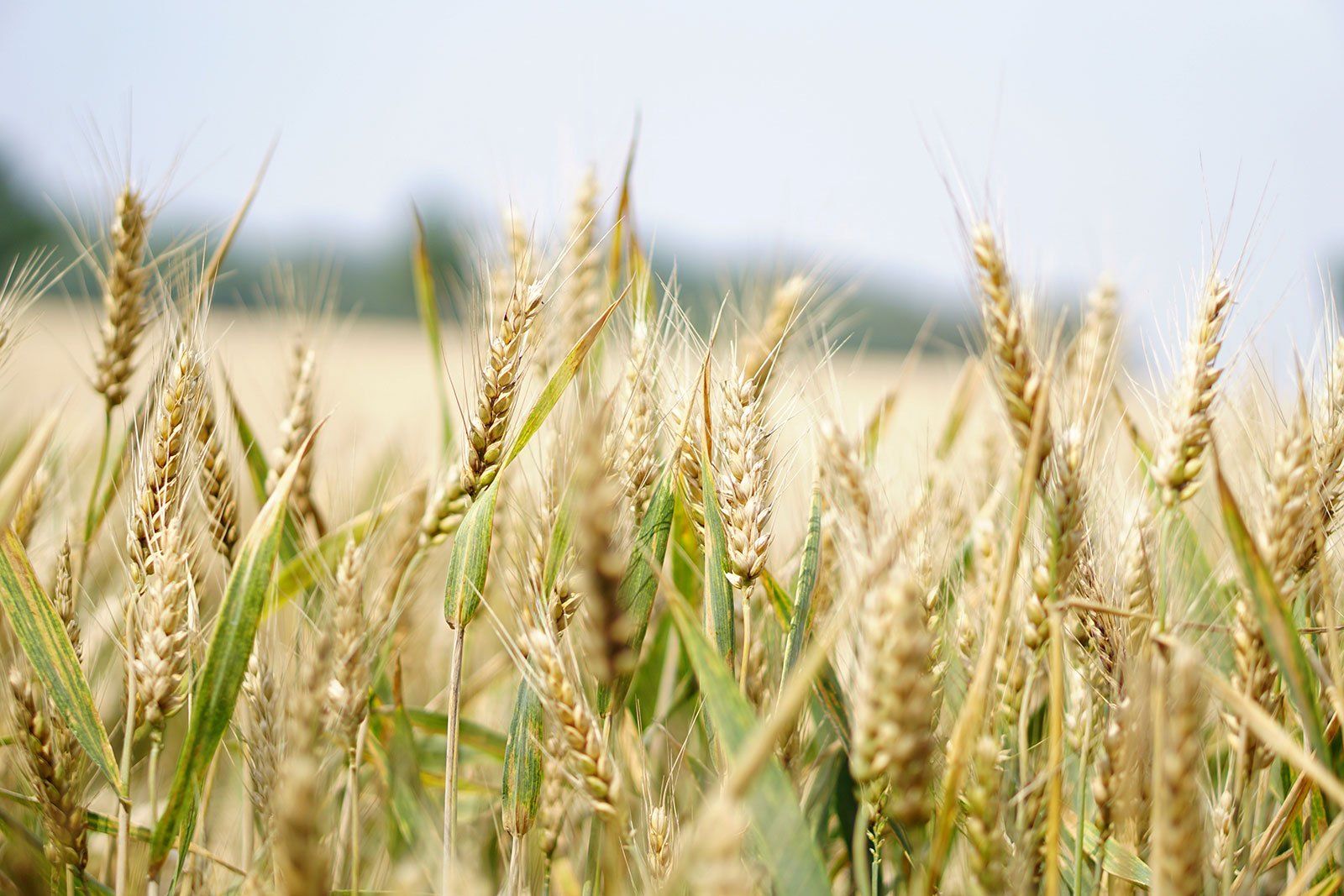1MG FlippingBooks
GRDC launches $50mil GrainInnovate FundGRDC launches $50mil GrainInnovate Fund
Earlier this week, the Grain Research and Development Corporation (GRDC) and venture capital firm Artesian Venture Partners established the $50 million GrainInnovate fund to nurture innovation and technological adaptation in the grains industry.
The fund will invest in startups from seed to growth stage that are developing software, hardware or new business models to drive future profitability and sustainability in Australia’s grain industry. Of particular interest to the GrainInnovate fund are startups in the areas of genetics, renewables, crop protection technologies and water efficiency.
“Australian grain growers are some of the most innovative in the world,” said GRDC Chairman John Woods. “To stay competitive we need to seek new innovations, new technologies and bright ideas from Australia and around the world and get them into grower hands as quickly as possible so we maintain our competitive advantage.
“Whether you’re a grower, breeder, research scientist, agronomist or ag tech developer – if you’ve got an innovation that can improve production or address a grains industry constraint – we want to hear from you so we can capitalise on those opportunities and maximise the productiveness of our systems.”
The GrainInnovate fund will represent one of the largest institutional capital pools in Australia, with the $50 million fund including a $25 million investment from GRDC and $25 million from Artesian.
The fund offers various ranges of funding, from $25,000 - $100,000 at the seed stage, $100,000 - $500,000 at the angel stage and up to $5 million at the Series A stage. And once the startup moves into the growth stage, GrainInnovate will help to facilitate further investment, distribution and partnership opportunities.
“While GRDC has a strong and diverse investment portfolio, this initiative will give grain growers access to cutting edge ideas and technologies whether developed in a shed in the back paddock in Parkes, or discovery in a Germany based international life science company, or an agri-tech company in the Silicon Valley,” said Woods.
You can find out more about the fund by checking out the GrainInnovate website.

















